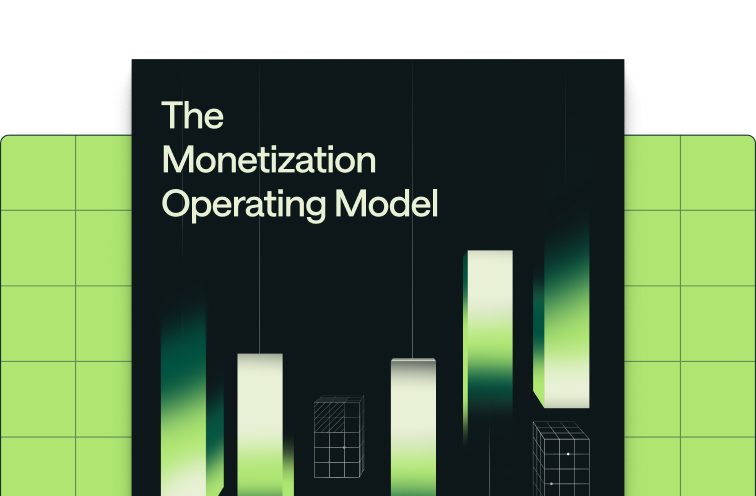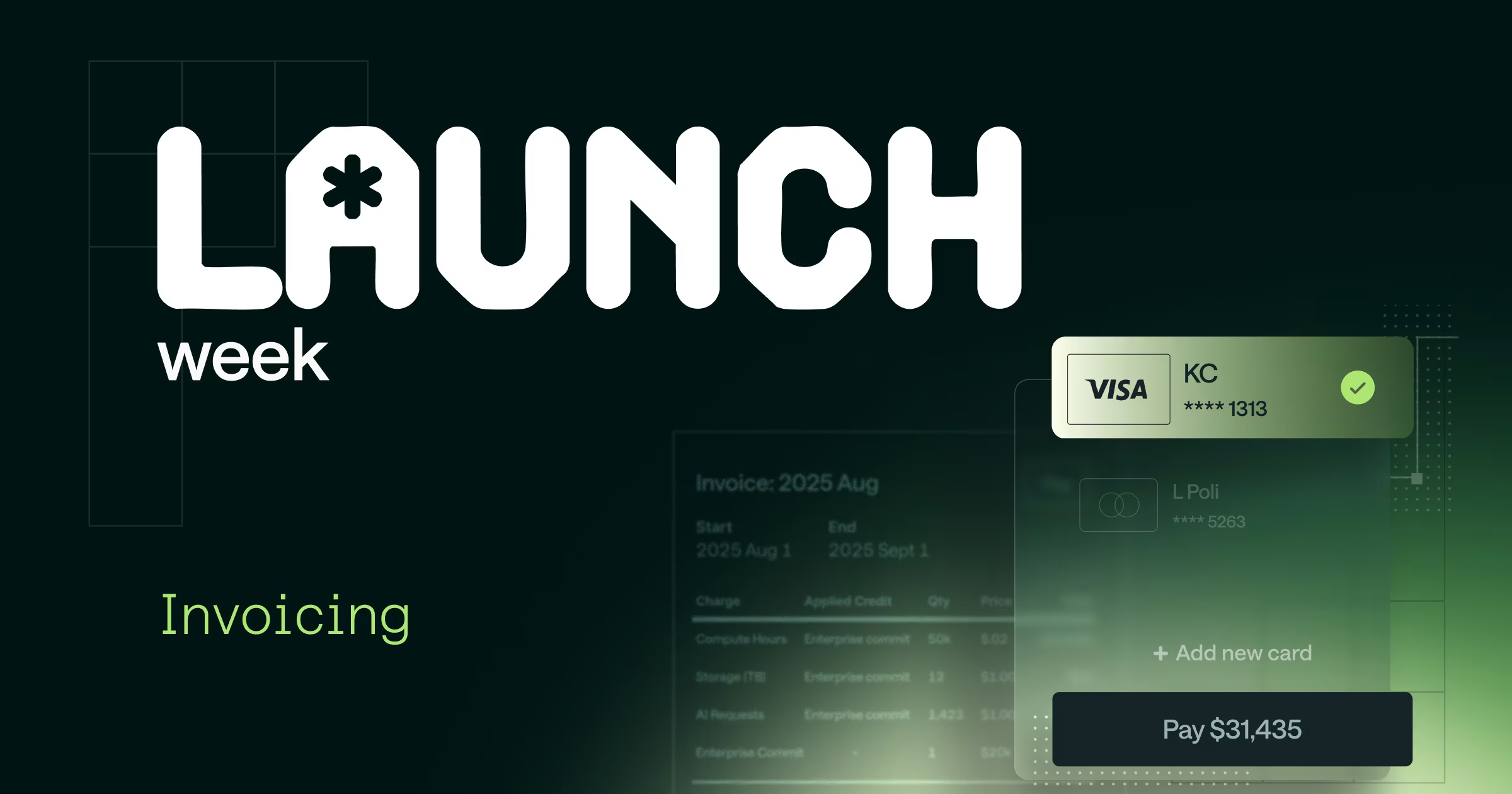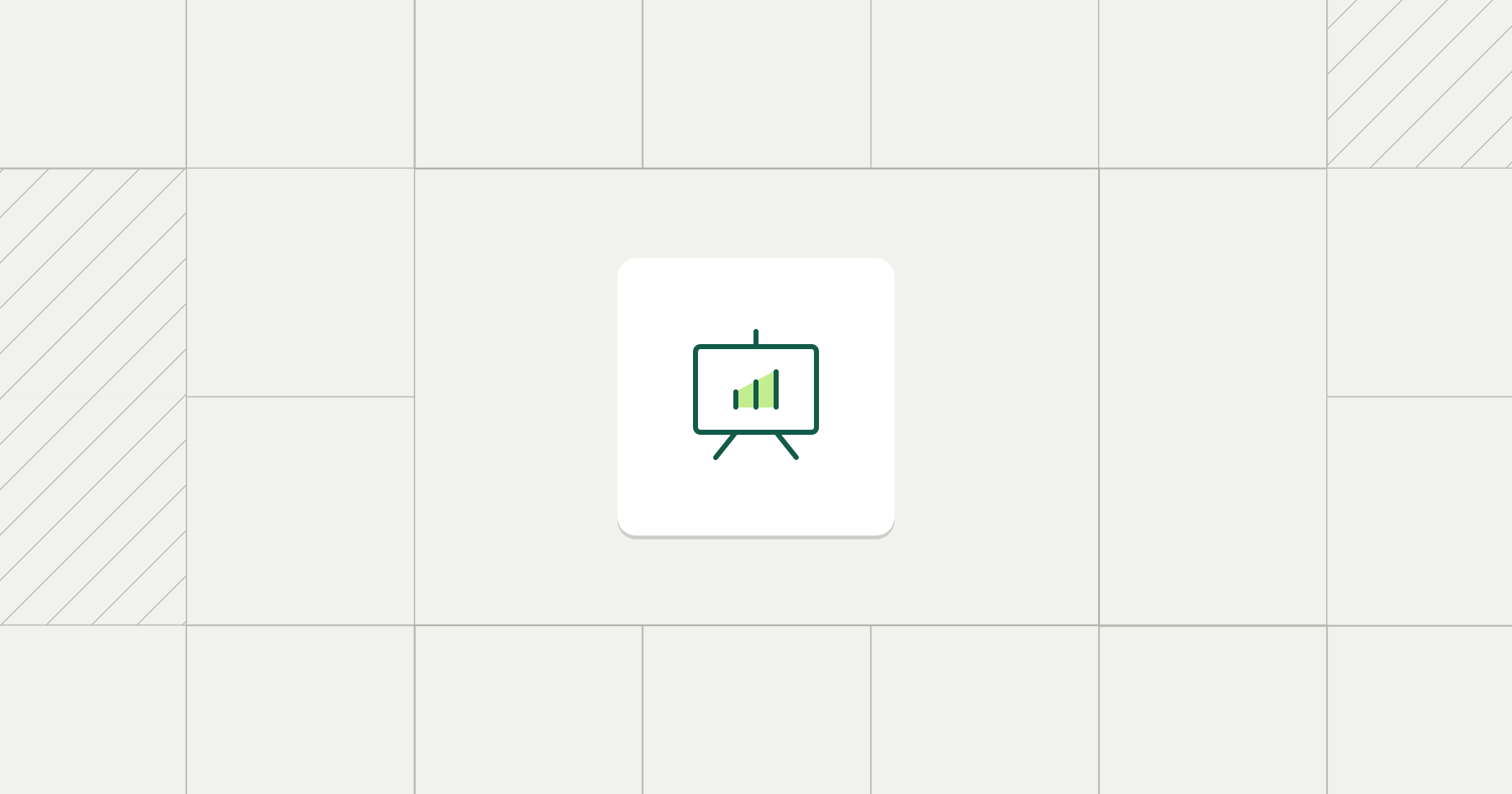Share
This guide is written by David Hoang, Principal Architect at Metronome with over 15 years of expertise in pricing, billing, and quote-to-cash systems.
When should you take billing “seriously”?
Building your first product? When you're hyper-focused on shipping features quickly and delivering customer value, billing is typically the last thing on your mind. Because of this, early-stage companies often cobble together manual spreadsheets, ad hoc scripts to extract consumption data, and simple integrations with payment gateways to collect payments. These solutions meet early billing needs but are painful and tedious. Manual processes usually work until you reach a tipping point where they become unscalable and untenable. Here’s what often happens along the way:
Product complexity increases
Offering free trials, discounts, or custom pricing packages makes managing SKUs manually inefficient and error-prone.
Revenue growth adds pressure
Once your business surpasses $1 million in revenue, even small billing errors can lead to financial discrepancies, strained customer relationships, and audit headaches.
Customer expectations rise
Your customers demand transparency and control. They expect dashboards to track spending, set alerts, and manage budgets in real time.
Team size and demands grow
As your Finance, RevOps, and Product teams grow, they’ll need accurate reports, robust management tools, and integrations aligned with their workflows. Outdated systems introduce inefficiencies that hinder progress.
Integration becomes critical
Adopting tools like CPQ or ERP requires a billing system that integrates seamlessly to enable automation and scalability.
Key takeaway: Invoice delays and billing errors caused by manual processes slow down payment collection, disrupt cash flow, and drive up costly customer support requests. Without a centralized billing system, engineers are distracted from improving your core product, further compounding inefficiencies.
Usage-based billing: the operating system for SaaS growth
Eventually, you’ll realize billing isn’t just about collecting payments—it’s fundamental to your business operations. At mature consumption-based businesses, billing serves as the operating system connecting key teams across the company. Here’s how billing supports growth:
Product management
- Launches new products and adjusts pricing or packaging on demand.
- Provides in-product dashboards, insights, and alerts to help customers manage their spending and budgets.
Sales and revenue operations
- Negotiates and closes non-standard deals with custom pricing and discounts.
- Uses billing and revenue data to calculate sales commissions.
Leadership and corporate strategy
- Expands revenue into new geographies, sales channels (enterprise sales, marketplaces, resellers), and verticals (commercial, government, education).
Finance
- Completes invoicing, payments, and revenue processes quickly to close the books on time.
- Gains real-time insights into the company’s financial health.
Engineering
- Focuses on improving the core product and collecting usage metrics.
- Supports cross-functional initiatives without being bogged down by billing-related distractions.
Build vs. buy: Making the right choice
A good billing system provides flexibility and accelerates growth. A poor system bottlenecks the entire company and drains engineering resources. Once you understand billing’s importance, you face a critical decision: build or buy? Ask yourself these questions:
Is this a strategic asset?
Yes. A robust billing system provides strategic benefits and enables faster growth.
Do you have the team and skills to build it?
Usage-based billing is complex. It requires expertise across diverse areas like eCommerce, pricing, invoicing, taxation, payments, accounting, and revenue. Building a truly reliable, scalable system isn’t just about understanding the space—it demands engineering systems that can handle high throughput, operate in the hot path, and adapt to rapid pricing model changes. Bringing together teams with deep domain expertise and technical excellence is a considerable challenge.
Can you support it long-term cost-effectively?
Billing systems need constant investments to keep up with changing business needs. Dedicated engineering teams often face unclear, shifting roadmaps due to evolving requirements.
Here’s how billing needs typically evolve:
- Today: Free trials and simple per-unit pricing.
- Tomorrow: Tiered and volume pricing.
- Six months: Prepaid credits with discounted rates.
- Nine months: Custom credits (e.g., Snowflake Credits).
- A year: Enterprise customers with custom pricing and terms.
- 18 months: Selling through cloud marketplaces like AWS, GCP, and Azure.
Custom billing solutions often accumulate tech debt, making them hard to scale or enhance cost-effectively over time.
Picking the right billing vendor
We’ll explore this in detail in part two, but here’s a quick overview of what to evaluate:
- Adaptability: Ensure the system can scale with your evolving business so you avoid costly rebuilds down the road.
- Go-to-market alignment: Your billing should support your sales strategy, enabling smooth expansion into new markets and customer segments.
- Proven track record: Choose a billing system proven by your industry leaders to reduce risk and handle real-world complexities effectively.
- Pricing management: Simplify pricing changes to minimize cross-team coordination effort and maintain agility as your business grows.
- API integration: Strong APIs streamline workflows, save resources, and scale with your needs.
- Implementation expertise: Partner with experienced vendors who can accelerate deployment and reduce risks without straining your team.
- Reliability and performance: Rely on a vendor with a demonstrated history of handling growth, accuracy, and regulatory requirements confidently.
Conclusion: Why billing matters
As your business scales, billing evolves from a back-office task to a critical growth enabler. A scalable, adaptable system saves time, reduces tech debt, and connects key functions like product, finance, and sales. The wrong system slows you down; the right one powers growth.
Coming up next: In part two, we’ll cover how to evaluate billing vendors to meet your current and future needs.
About the author
David is currently a Principal Architect at Metronome. He has over 15 years of experience specializing in Quote-to-Cash systems design and development. David has worked across a broad range of industries, including SaaS, FinTech, Media, and Telecom. He has led successful billing and Q2C transformation programs at clients such as Confluent, SolarWinds, Microsoft (GitHub), Paycor, Visa, MasterCard, AT&T Wireless, Verizon, and more.










%25202%2520(1).png)

